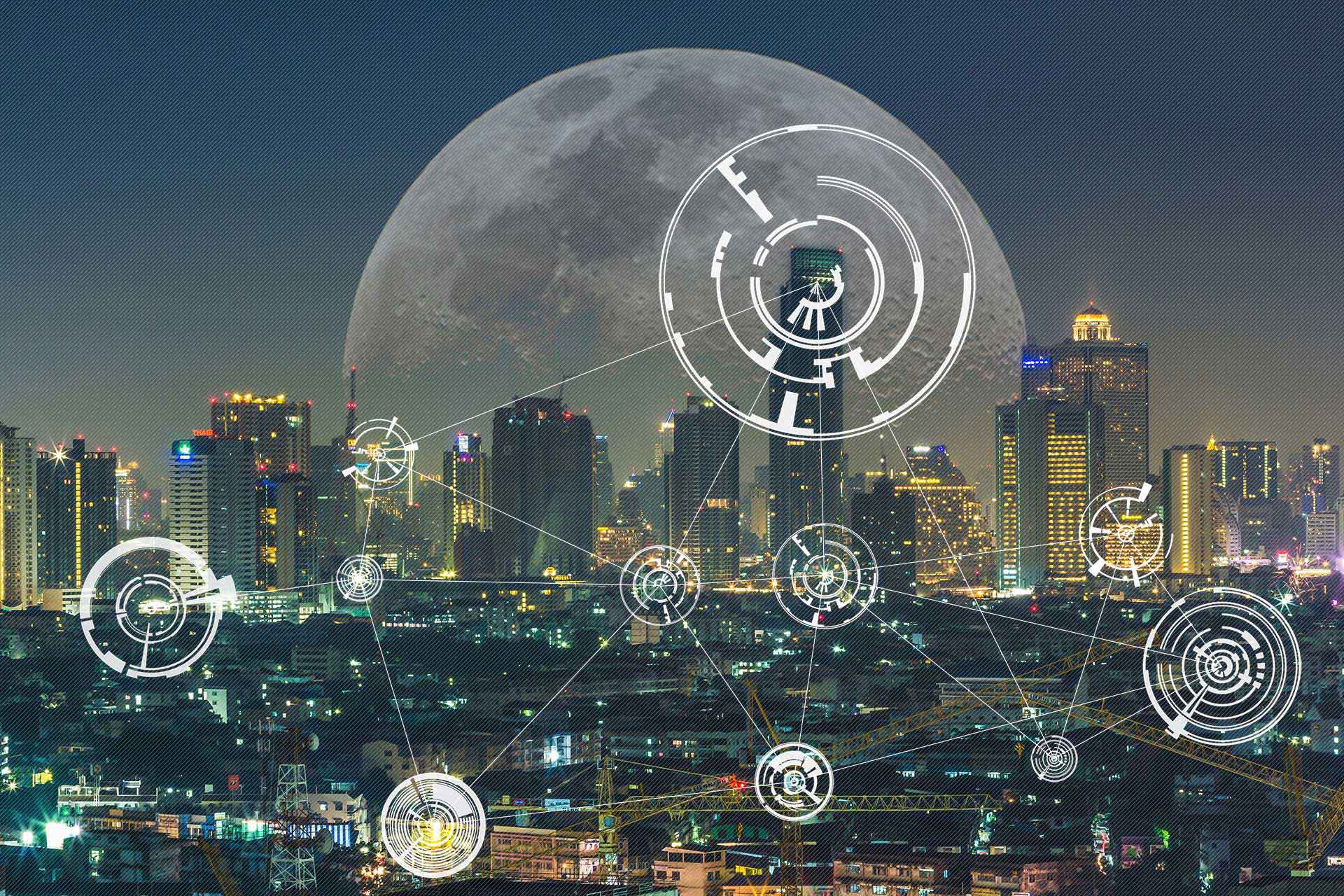Microsoft HoloLens and Insider chiefs suggest smartglasses will replace smartphones
If someone said 25 years ago that "phones" would be rectangular touch screen computers we carry in our pockets, they'd have been mocked. If I say today phones might eventually be glasses-shaped computers we wear on our faces, I'll be mocked.

Go ahead, laugh. Call telephony-enabled smartglasses a sci-fi fantasy. But remember, sci-fi has an uncanny knack at becoming reality. Technological leaps such as the moon landing, the mapping of the human genome, cloning, artificial intelligence, bionic limbs and more were all foretold within the annals of science fiction.
For some, the notions sci-fi proposes are merely entertainment. For others, they are sources of inspiration that expand perception, ignite imagination and become the underpinnings of confidence in human ingenuity. Such ingenuity has been confidently applied to exerting our God-given dominion over the material world and shaping it to conform to our imaginations.

The technology that is both the foundation and context of modern society is the result of these actions. Not everyone can see beyond the paradigms that rule our current experiences, however. The present way of doing things, the systems that are in place and the apparent immutability of both obscures the vision of some.
So when someone like me, HoloLens creator Alex Kipman or Windows Insider Chief Dona Sarkar suggests that one day augmented reality (AR) smartglasses may replace the "all important" smartphone, we should be prepared for passionate resistance.
Alex Kipman says smartphones are dead
Kipman's assessment of the smartphone's status and where we are headed technologically is bold and decisive:
Smartphones are yesterday's news. The phone is already dead. People just haven't realized.

Kipman is a "futurist". As such he looks at current technological trends, observes the path they're forging and makes predictions about where that road will lead. He sees mixed reality, the spectrum from AR to virtual reality (VR), as becoming mainstream, emerging from the current paradigm of highly mobile computing and becoming the next personal computing and communication model.
Smartphones, the intelligent cloud, and digital assistants have made computing highly personal and mobile. Under the current smartphone model, we engage our digital experiences by staring downward, away from our world, at a tiny screen. Kipman anticipates that technology like Microsoft's AR holographic wearable computer, HoloLens, will replace our screens and merge our physical and digital worlds. From Kipman:
Get the Windows Central Newsletter
All the latest news, reviews, and guides for Windows and Xbox diehards.
The potential of these devices is that they could one day replace your phones, TVs, and all these screens. Once your apps, videos, information, and even social life are projected into your line of sight, you won't need any other screen-based gadgetry … [it's] the "natural conclusion" of mixed reality.
Dona Sarkar says staring at a smartphone screen is unnatural

A visit to any public venue will reveal a troubling scene where dozens of people of varying ages spend their time at dinner, on dates, shopping and more with their heads bowed in reverence to their smartphones.
Many people see this paradigm and the associated unnatural bowed head, swiping, tapping and zooming means of interaction as something that's here to stay. One thing about technology's evolution, however, is that more often than not, it conforms more to us than we to it.
Sarkar sees mobile technology and Microsoft's investments in ARM, cellular, HoloLens and mixed reality as producing a mobile device that replaces the smartphone and allows natural human interaction.
Dona Sarkar talks about the future of mobile.
Sarkar said:
Let's talk about what mobile means ... people think about mobile as this thing that they carry around in their pocket … I love my 950 XL … but that is not the only mobile device on the planet. HoloLens is a mobile device ... There are going to be new device categories in the future that are also going to be mobile devices. It will be about things you carry with you everywhere you go.And as humans it is actually very unnatural for us to stare at a screen ... this has only been around for the last 10 years … it makes us antisocial, it makes us not behave the way humans do.
Sarkar, like Kipman, hints that Microsoft will create a device category where our digital lives and physical worlds meet via a "screenless" mobile device that replaces the smartphone. The ultimate vision of an ultimate mobile device or "Surface phone" may be full Windows 10 AR smartglasses.
The way it was, is and always will be?
Some individuals, unable to see beyond "the now," resist the notion that things won't always be the same. Some even mock those who present an image of a future ruled by another paradigm and that follows different systems than what is currently in place.

Still, change is inevitable. The naysayers or non-dreamers barely realize they are moving forward, changing their behavior as technology slowly changes their reality.
Take telephones for instance. Home telephones became car phones, which became forearm sized mobile phones, later becoming cell phones that were pocketable bricks, and finally veritable pocket-sized, touchscreen computers or smartphones.
The evolution of the "phone." https://t.co/435zFtJOxt Boy we've come far!😎@DarrenSproat @leolaporte @edbott @WinObs pic.twitter.com/BEgtY2NWWFThe evolution of the "phone." https://t.co/435zFtJOxt Boy we've come far!😎@DarrenSproat @leolaporte @edbott @WinObs pic.twitter.com/BEgtY2NWWF— Jason L Ward (@JLTechWord) April 21, 2016April 21, 2016
Over the years during that transition life continued, distracting us and the non-dreamers, as feature phones in all their dumb glory, then smartphones went from early adopter novelties to social mainstays. We lost sight of the technological wonderment the devices initially provoked as the marketing and social undertow of the "next big thing" dragged us continually to the obligatory annual upgrade.
We are easily lulled into complacency as the new, becomes the norm, the norm becomes dull, and the dull becomes "just the way things are." We're in a constant cycle of visible change.
Do you see what I see?
For non-dreamers, seeing the technological shifts, trends and behaviors that are shaping tomorrow is a difficult challenge. If what a visionary or futurist presents as an impending future differs too much from the current reality, non-dreamers often dismiss it, seemingly unable to see the breadcrumbs highlighting the way to the future.

They often do see the path once the journey is done, however, as they look back and remember when things were different.
Futurists may have that same level of awe as they look forward while observing current trends that they perceive are leading to an imminent technological shift toward smartglasses-as-phones that will change society and human interaction.
Telephony-enabled AR smartglasses

Like Sarkar and Kipman I see smartphones one day being replaced by AR smartglasses.
ODG CEO Ralph Osterhout, who's bringing the R-8 (consumer) and R-9 (business) smartglasses to market, also sees this future. Though these Android-based smartglasses don't currently have telephony, its on the product roadmap. ODG's partnership with the world's largest carrier, China Mobile (which serves 800 million people), will be strategic leverage for telephony-enabled smartglasses.
Microsoft's Sarkar and Kipman allude to AR smartglasses replacing smartphones. Other futurists including Facebook's Mark Zuckerberg and ODG's Osterhout see the same future. The question is who will get there first or do it smarter.
Either way, whether you see it or not, the transition is coming.
Jason L Ward is a columnist at Windows Central. He provides unique big picture analysis of the complex world of Microsoft. Jason takes the small clues and gives you an insightful big picture perspective through storytelling that you won't find *anywhere* else. Seriously, this dude thinks outside the box. Follow him on Twitter at @JLTechWord. He's doing the "write" thing!

